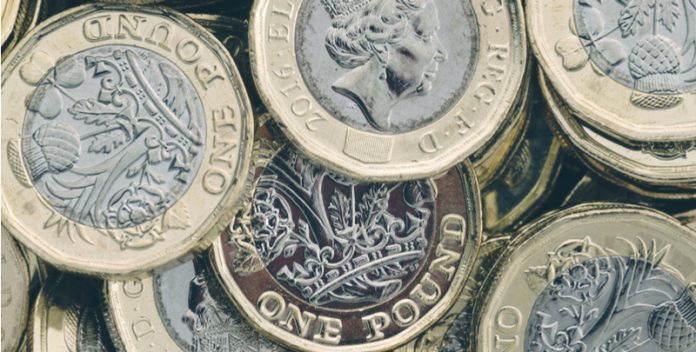- Pound (GBP) declines after UK GDP disappoints with sluggish 1.8% growth
- UK economic contraction of -10% expected in 2020
- Australian Dollar (AUD) supported by upbeat Chinese data
- Rising coronavirus fears cap gains in AUD
The Pound Australian Dollar exchange rate is extending losses for a second consecutive day. The pair settled on Monday -0.4% at 1.8090. At 08:15 UTC GBP/AUD trades -0.3% at 1.8034
The British economy grew by a meagre 1.8% in May, a lacklustre rebound after contracting -20.4% in April. Analyst had been expecting a jump in the region of 5%. This means that the economy was still 24.5% smaller than in February, suggesting that the road to recovery from the coronavirus crisis will be long. Hopes of a V-shaped recovery have been wiped out.
Following the data, the Office of Budget Responsibility said that the UK economy will shrink by more than 10% this year, its largest annual GDP decline in 300 years. The OBR added that in a worst-case scenario the British economy could contract -14.3%.
Even as non-essential shops have re-opened and pubs and restaurants have started serving, any recovery will be very slow. The UK economy is unlikely to return to pre-coronavirus growth levels until a vaccine is found.
The Australian Dollar was advancing despite a broad risk off mood in the financial markets. Australian Dollar investors focused on encouraging trade data from China.
Chinese dollar denominated exports and imports rose above expectations in June as restrictions eased and countries started to reopen their economies. Data revealed that exports rose 0.5% compared to a year ago, whilst imports jumped 2.7% in the same period. Analysts had been expecting exports to contract -1.5% whilst imports were expected to fall 10%.
The data suggests that domestic demand is holding up very well and even accelerating whilst foreign demand is also continuing to improve. The data shows that the economic recovery in China is on track. The Australian Dollar is considered a proxy for China. As a result, the Australian Dollar jumped.
The risk sensitive Australian Dollar could see gains capped as fears grow over rising covid-19 cases undermining the global economic recovery. The WHO warned that the pandemic could get much worse as there are too many countries whose covid-19 statistics are heading in the wrong direction.





